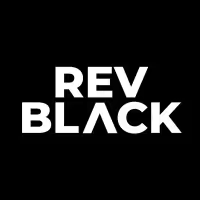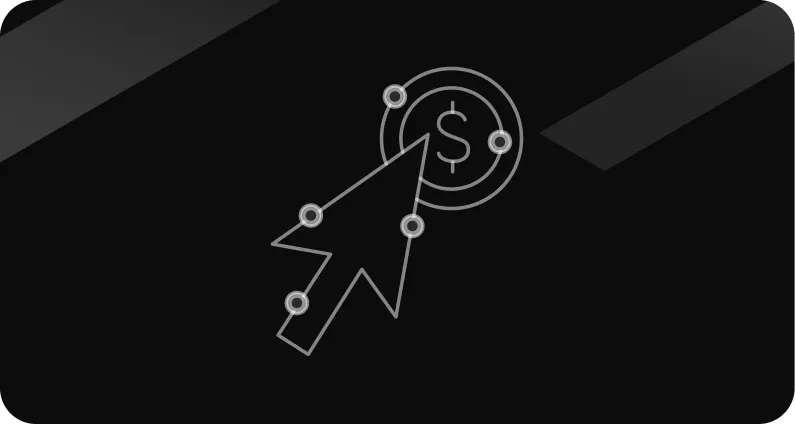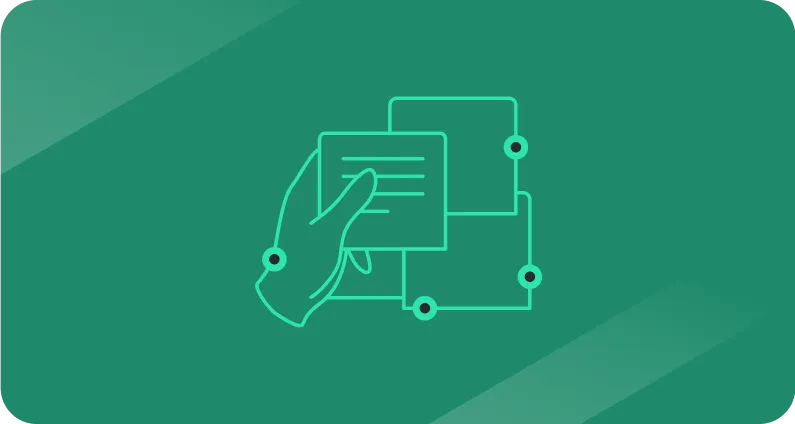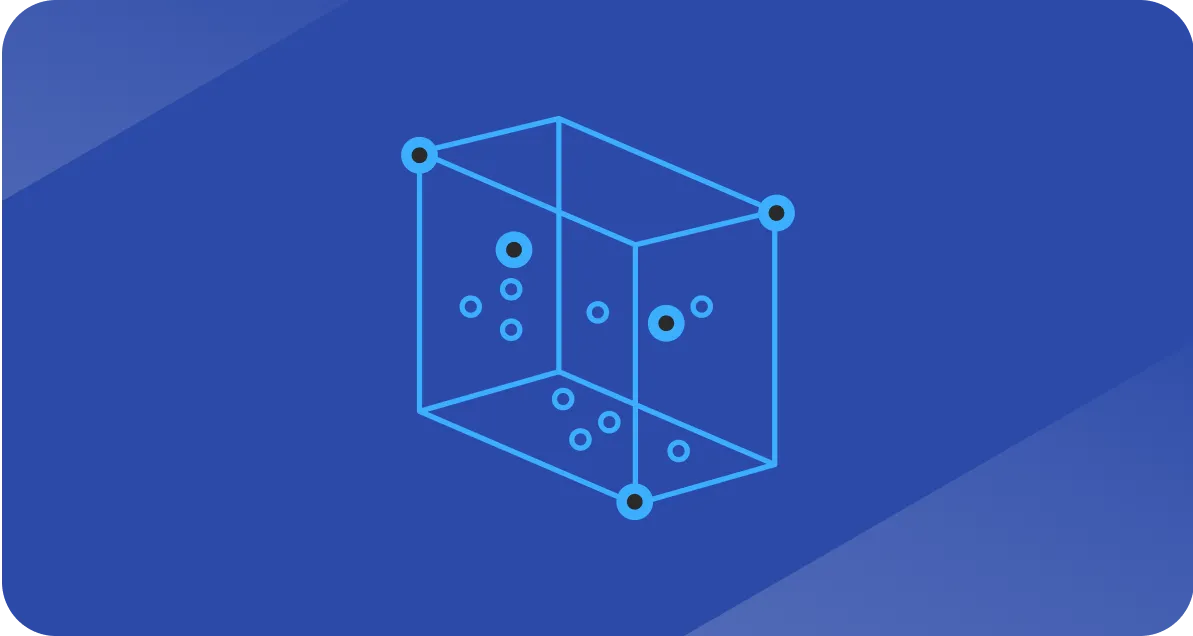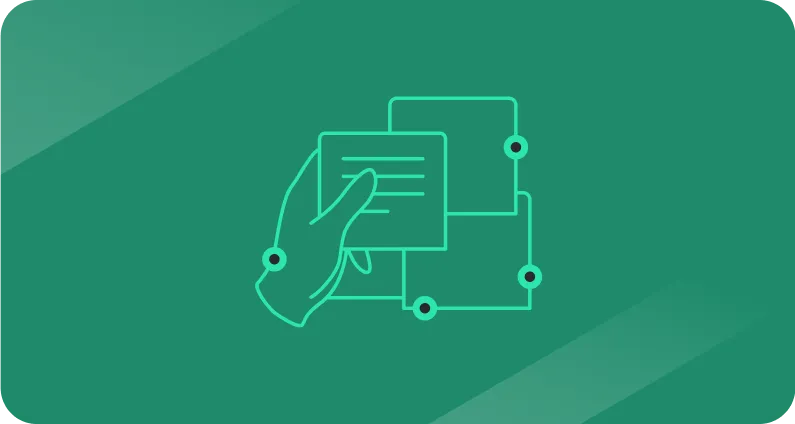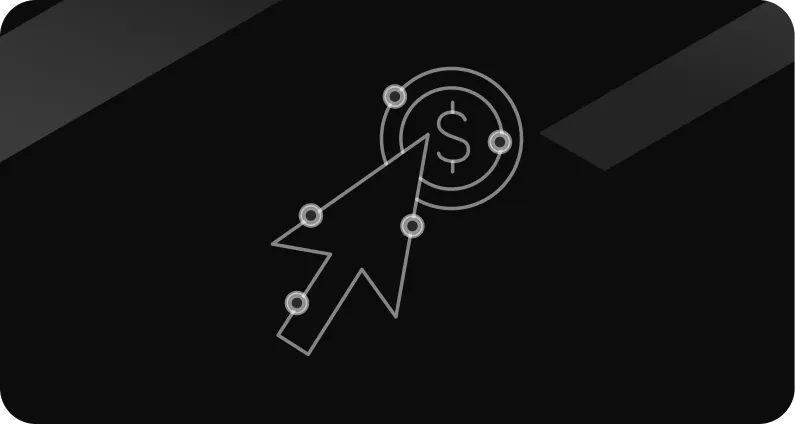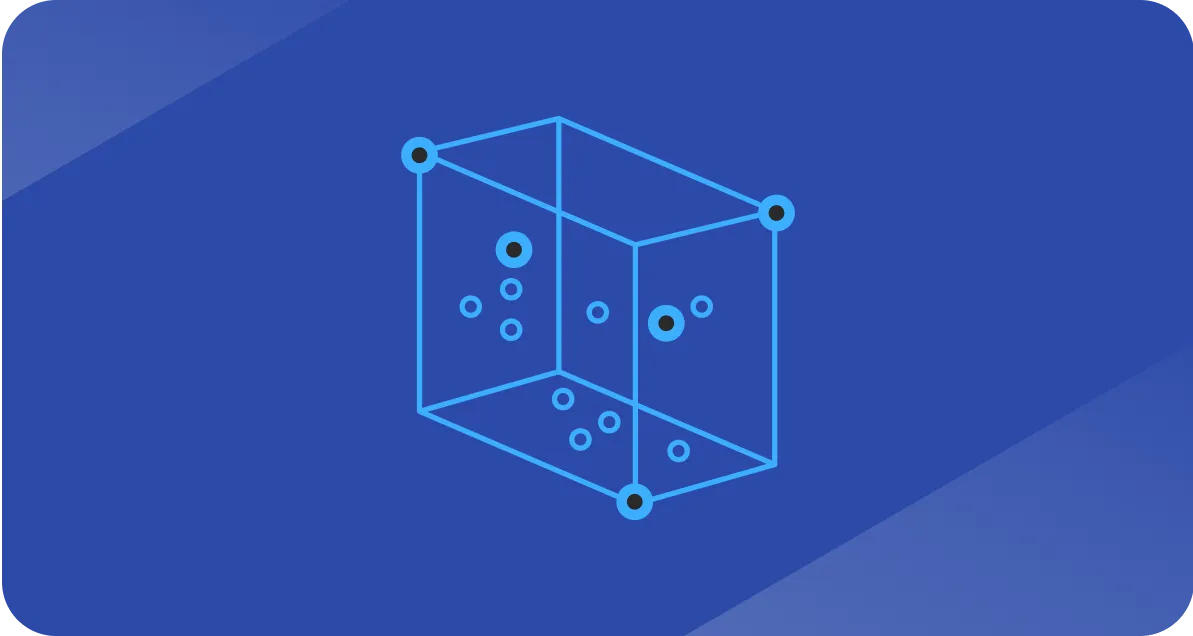5 HubSpot sequence tactics you need to master yesterday
The complete what, why & how of HubSpot sequences.

HubSpot sequences work because they automate the focus and tracking work that goes into stellar email campaigns.
Every touchpoint, whether the first or the last, should feel natural and consistent.
To achieve this, your sales and marketing data should live inside a single system.
This guide explores what HubSpot Sequences are, how they differ from Workflows, how to set them up, and five best practices to drive silver bullet email campaigns.
Skipping the busywork is also an option.
RevBlack specializes in tech stack optimization across the entire RevOps function; reach out if you’re in need of a specialist team.
Let’s get into it.
What are HubSpot sequences?
Think of Sequences as an automated extension of your inbox (Gmail or Outlook).
They let you send a series of email templates directly from your reps, designed to nurture leads into taking action, usually replying or booking a meeting.
Once a Contact replies, they’re automatically unenrolled from the Sequence. That keeps your outreach relevant and prevents overloading your leads.
With Sequences, sales teams can:
- Automate the emails they already send manually, over and over.
- Layer in reminders, calls, and even LinkedIn tasks alongside the emails.
- Give marketing and leadership access to performance metrics, without losing the “from a real person” feel of one-to-one email.
Important: Sequences aren’t a replacement for Marketing Emails. They’re designed for one-to-one sales and account management communication, not bulk sends, and should never be used to skirt unsubscribes.
HubSpot sequences vs workflows
Many users confuse Sequences with Workflows. They both automate communication, but their purposes are very different.
- Sequences
- Built for sales and account management outreach.
- Limited daily send volume (varies by HubSpot plan).
- Unenrolls a Contact once they take the desired action.
- Contacts can be enrolled in bulk (up to 50) or via a Workflow (daily limits still apply).
- Always one-to-one emails, not for marketing blasts.
- Templates can be customized before sending.
- Workflows
- Built for marketing and process automation.
- Enrolls Contacts automatically after a defined action (like filling out a form).
- Sends bulk Marketing Emails to segmented lists.
- Templates are more dynamic; you can include multimedia & personalization.
- Contacts stay enrolled until the Workflow ends or its goal is met.
How to create a Sequence in HubSpot
Setting up your first Sequence is straightforward:
- Go to Automation → Sequences.
- Click Create Sequence.
- Choose Start from Scratch or pick a Template.
- Name your Sequence.
- Use the "+" icon → Action to add steps.
Actions can be:
- Automated Email
- Create New Email Template
- Create a Task (email, call, or to-do)
Once the Sequence is built, you can start enrolling Contacts and watch the automation kick in.
How to enroll contacts in a sequence
- Go to Contacts → Contacts.
- Click on a Contact’s name.
- In the left panel, open Email.
- In the right-hand pop-up, choose Sequences.
- Select your Sequence.
- Use the Start At dropdown to decide which step to begin with.
- Choose a Time zone for sending.
- Specify a date and time to send.
- Use the dropdown to set delays between emails.
This level of control ensures you’re sending at the right time and pacing outreach appropriately.
Note: A contact can only be in one Sequence at a time. If they’re already in a Sequence, they must be unenrolled before you can add them to another.
5 best practices for managing HubSpot sequences
1. Build sequences for each stage of the buyer’s journey
A single “catch-all” Sequence won’t do.
Create tailored Sequences for each stage:
- Awareness: welcome emails to cold contacts.
- Consideration: follow-ups like demo invites or free consultations.
- Decision: pricing proposals or contract next steps.
Customizing Sequences to pipeline stages makes your outreach relevant and improves reply rates. Plus, HubSpot’s engagement reporting helps you refine as you go!
2. Add tasks to sequences
Automation works best with a human touch.
Sequences let you add tasks like delayed calls, reminders, and LinkedIn touches, so your reps know when to step in directly.
You might want to hold off on sending the next automated email and drop in a call task instead, for example. That way, a rep reaches out personally before the Sequence continues.
To flag a task as priority, just head into Sequences → Actions → Priority, then fill in the task title, notes, and (if it helps) link an email template for quick follow-up.
3. Personalize templates to increase response
Automation feels personal if you use the right info.
Don’t overthink it! Just anchor the message to what matters for that contact:
- Their name and company
- The goal they’re chasing
- The product or service that gets them closer
- Content that speaks to their exact interest
And don’t skip the first line. A short, genuine opener is so much more palatable than a polished (but hollow) template every time.
4. Monitor sequence enrollment and engagement
HubSpot doesn’t offer A/B testing for Sequences (yet), but you can still compare performance:
Automation → Sequences → Overview gives you top-level metrics like enrollments, opens, clicks, replies, meetings, and bounces.
Manage Tab → Sequence name drills into performance by enrollment rate, open rate, reply rate, meeting rate, unsubscribe rate, and more.
Don’t lean on averages; they might make you feel safe, but they conceal the real story.
Dig deep into the Sequences that lag and pinpoint where replies drop off. Then plug the holes before they drain your funnel.
5. Use sequences strategically
Sequences are powerful, but misuse can backfire.
- Keep them short. Ideally no more than three emails in most cases.
- Space them out to avoid overwhelming your recipients.
- Sometimes, a personal, one-off email that is perfectly crafted performs better than an entire Sequence.
Your goal is to make outreach easier AND more effective. Be careful of drowning leads in automation.
And make sure your team knows when to use a Sequence and when to step in manually.
FAQ: HubSpot email sequences
What email send limit applies to Sequences?
Each HubSpot plan has limits. In Sales Hub Professional, you can send up to 500 sequence emails per day per user. In Enterprise, the limit is 1,000 per day. These are rolling 24-hour windows, not calendar resets.
Are there limits when bulk-enrolling contacts into Sequences?
Yes. You can enroll up to 50 contacts at once, but emails are throttled at 3 per minute to protect deliverability.
What happens if a contact replies or books a meeting?
They’re automatically unenrolled from the Sequence so they don’t keep receiving follow-ups.
Can contacts be in multiple Sequences at the same time?
No. A contact can only be in one Sequence at a time. If you try to enroll them in another, HubSpot will block the enrollment until they’re unenrolled.
For full official details on creating and editing Sequences in HubSpot, see HubSpot’s documentation: Create and edit Sequences.


